Photos: US Military's Global Hawk Drones Arrive in Japan
On approach
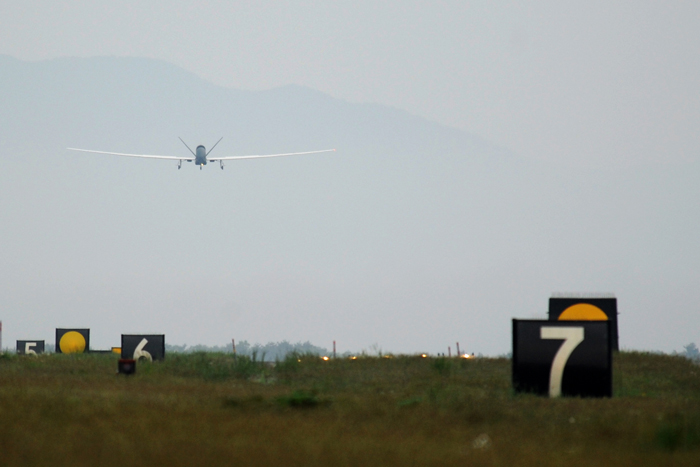
The RQ-4 Global Hawk approaches Misawa Air Base marking the first historic landing in Japanese territory, May 24, 2014. The remotely piloted system is temporarily assigned here from Andersen AFB, Guam, during the months of May through October.
The first of its kind
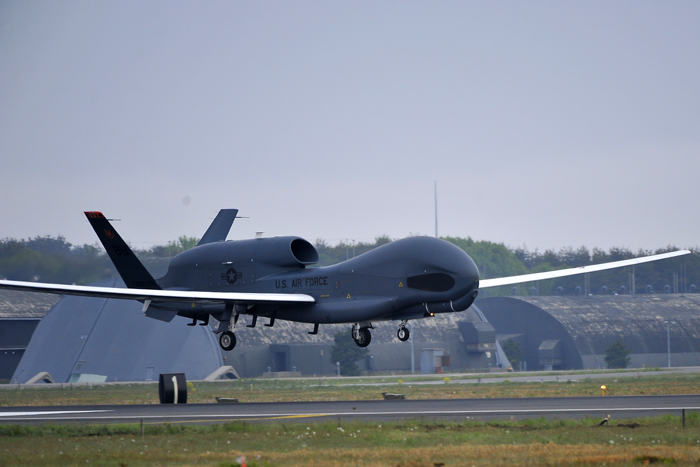
An RQ-4 Global Hawk from Andersen Air Force Base, Guam lands at Misawa Air Base, Japan, May 24, 2014. The aircraft is part of the 69th Reconnaissance Group Detachment 1 and is the first Global Hawk to land in Japanese territory.
A temporary home
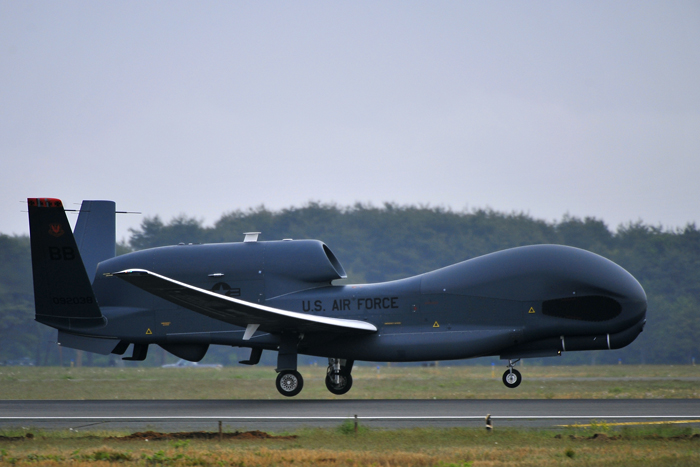
An RQ-4 Global Hawk from Andersen Air Force Base, Guam lands at Misawa Air Base, Japan, May 24, 2014. The remotely piloted system supports U.S. intelligence, surveillance, and reconnaissance missions and contingency operations throughout the Pacific theater. The Global Hawk will be temporarily assigned to Misawa AB until October.
An entourage
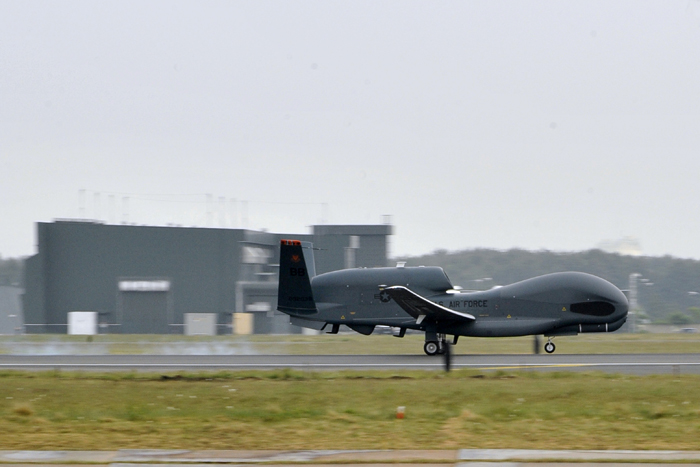
The first RQ-4 Global Hawk from Andersen Air Force Base, Guam to land in Japanese territory arrives at Misawa Air Base, Japan, May 24, 2014. More than three dozen maintenance, support and operations personnel from the 69th Reconnaissance Group Detachment 1 are temporarily assigned here in support of the Global Hawk mission through October.
Touching down
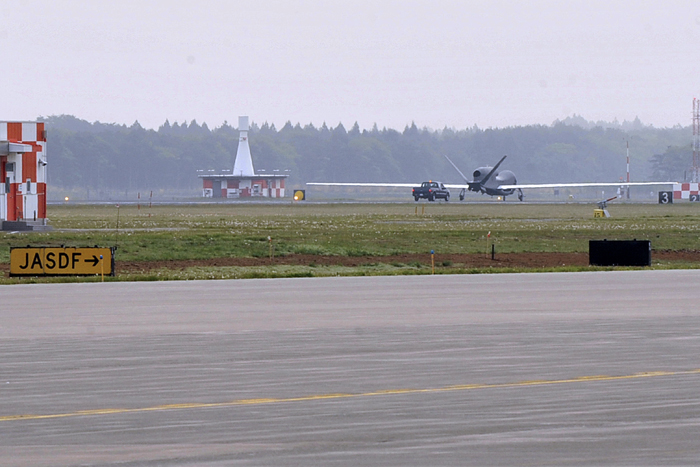
For the first time a RQ-4 Global Hawk taxis down the runway at Misawa Air Base, Japan, May 24, 2014. The Global Hawk can provide near real-time aerial imagery reconnaissance support to U.S. and partner nations assisting in disaster relief effort. The aircraft’s persistence in its ability to fly more than 30 hours at a time provided coverage of upward of 100,000 kilometers of the disaster area within 24 hours. This was essential in supporting relief efforts of Operation Damayan during 2013’s Super Typhoon Haiyan in the Philippines.
Disaster relief
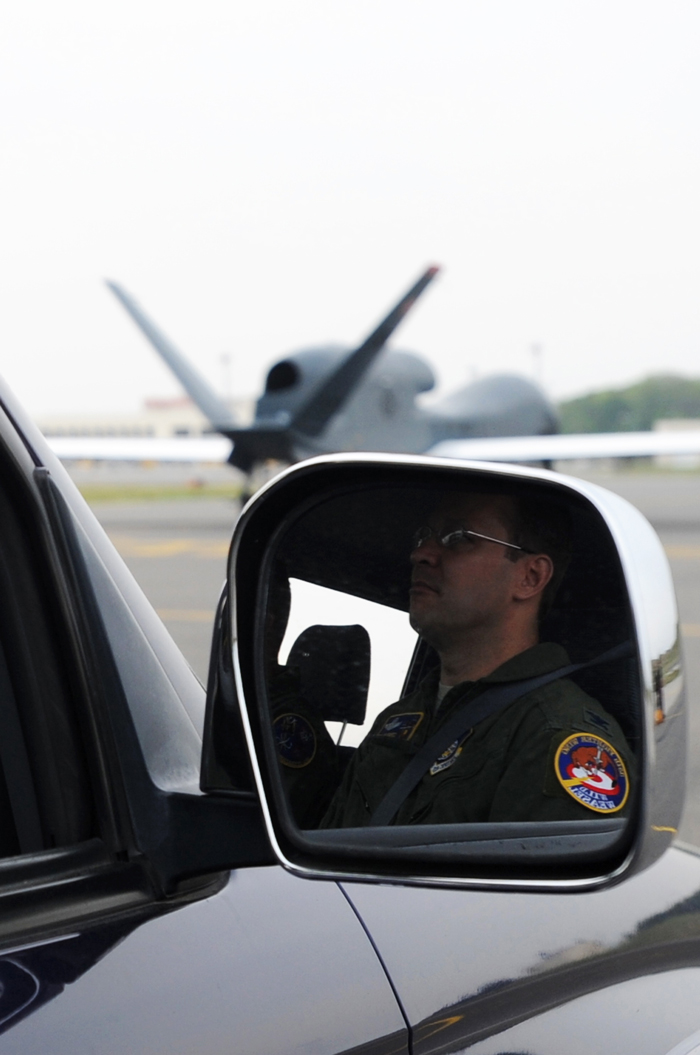
U.S. Air Force Col. Stephen Williams, 35th Fighter Wing commander, watches the RQ-4 Global Hawk conduct its first historic landing in Japanese territory on Misawa Air Base, May 24, 2014. During Operation Tomodachi, the Global Hawk was able to identify passable roads and territory to enable first responders to plan ingress and egress routes. The long-range and infrared cameras on the remotely piloted aircraft, provided commanders with more than 3,000 images of the disaster zone.
On the move
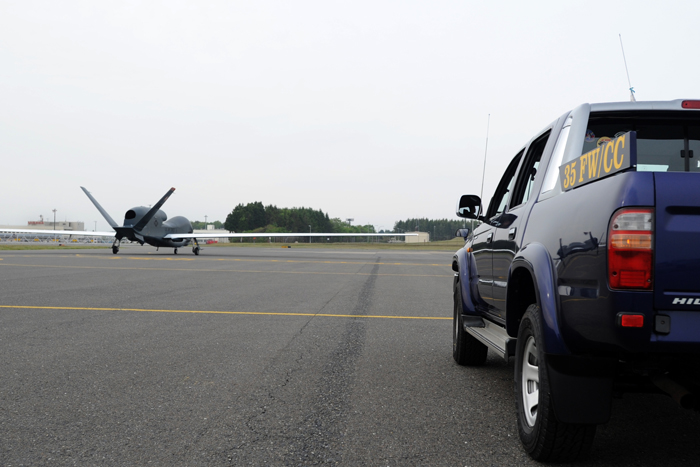
Misawa Air Base leadership follows behind the RQ-4 Global Hawk as it taxis for the first time in Japanese territory, May 24, 2014. This historic event was decided, in part, as a result of the adverse impact of inclement summer weather on U.S. intelligence, surveillance, and reconnaissance operations in Guam. The Global Hawk is scheduled to be temporarily assigned to Misawa AB from Andersen AFB, Guam, through October.
Sign up for the Live Science daily newsletter now
Get the world’s most fascinating discoveries delivered straight to your inbox.
Welcome home
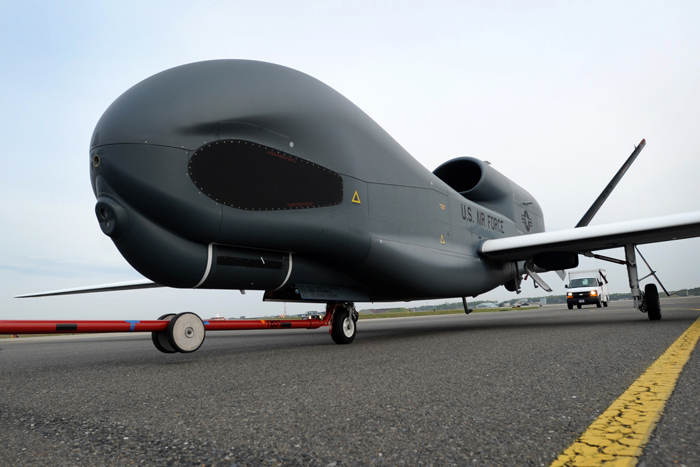
Misawa Air Base personnel welcomed the RQ-4 Global Hawk here during the aircraft's historic first landing in Japanese territory, May 24, 2014. The remotely piloted system supports U.S. intelligence, surveillance, and reconnaissance missions and contingency operations throughout the Pacific theater.
Taking a ride
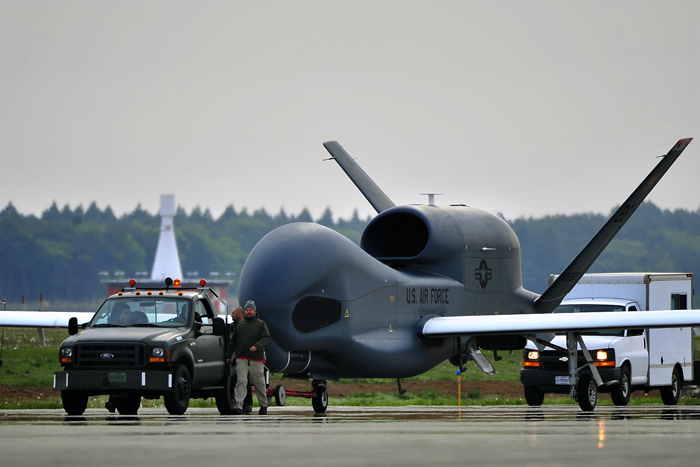
An RQ-4 Global Hawk from Andersen Air Force Base, Guam is towed down the taxiway at Misawa Air Base, Japan, May 24, 2014. The RQ-4 Global Hawk is a high-altitude, long-endurance unmanned aircraft system with an integrated sensor suite that provides intelligence, surveillance and reconnaissance, or ISR, capability worldwide.
Temporary Assignment
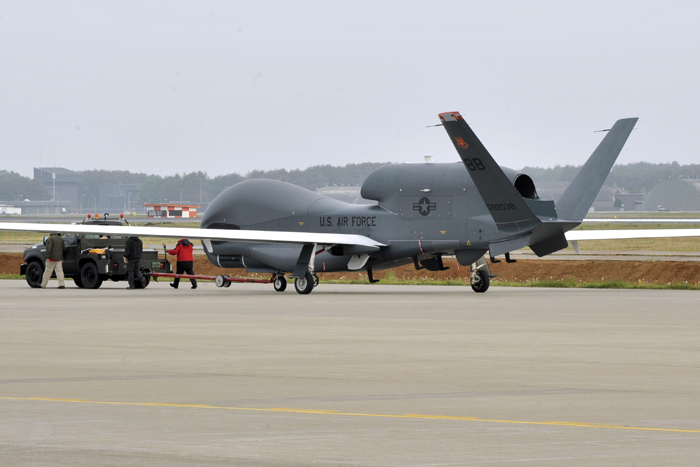
An RQ-4 Global Hawk drone is towed down the taxiway at Misawa Air Base in Japan on May 24, 2014.











